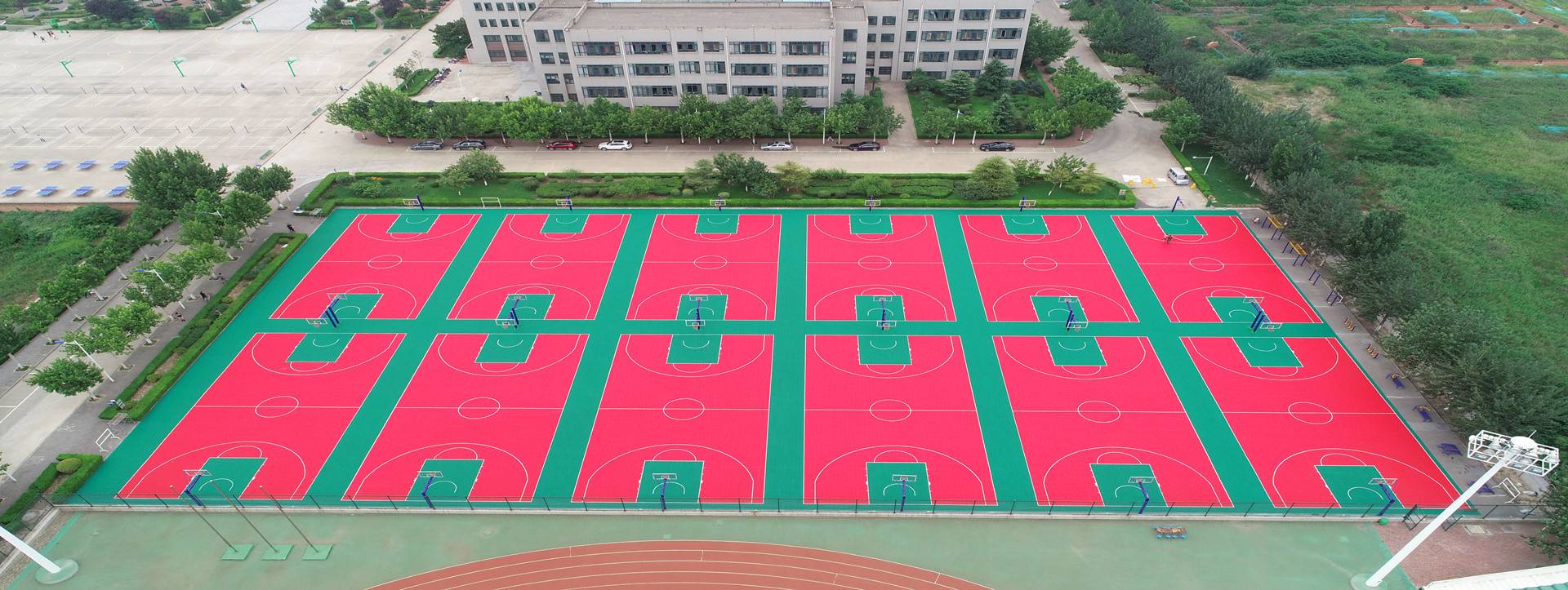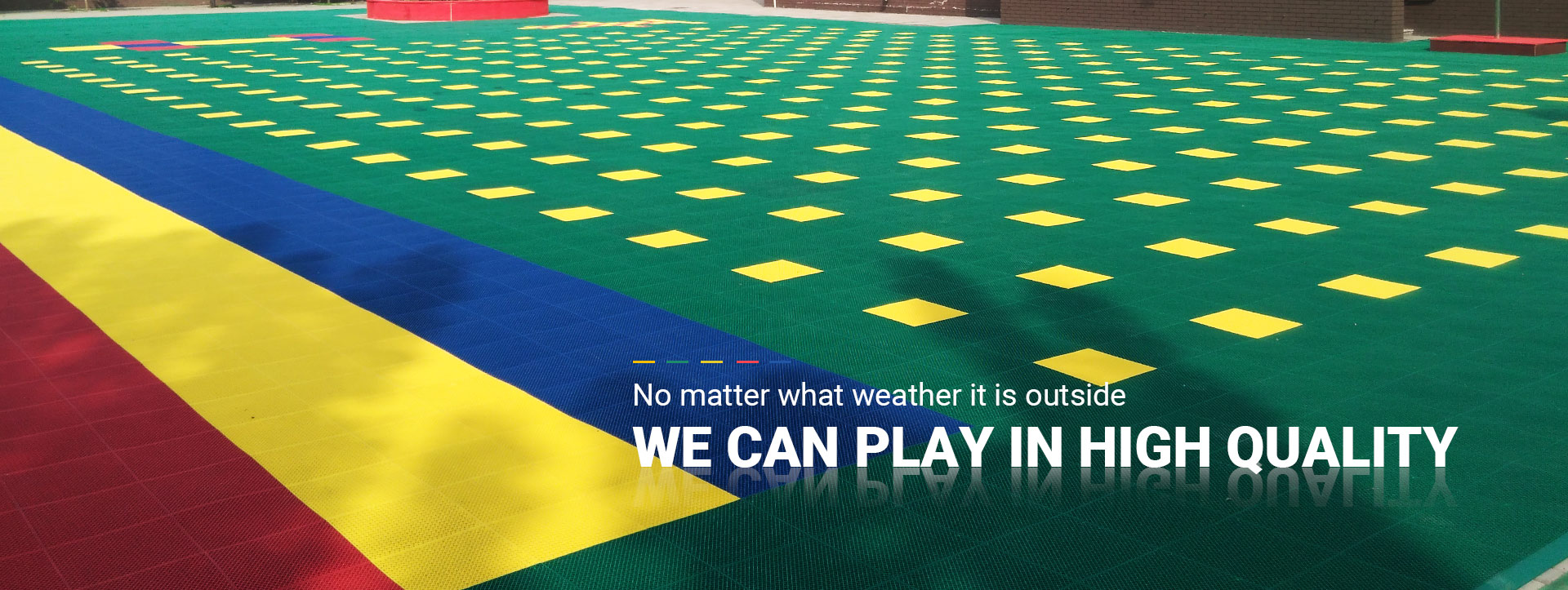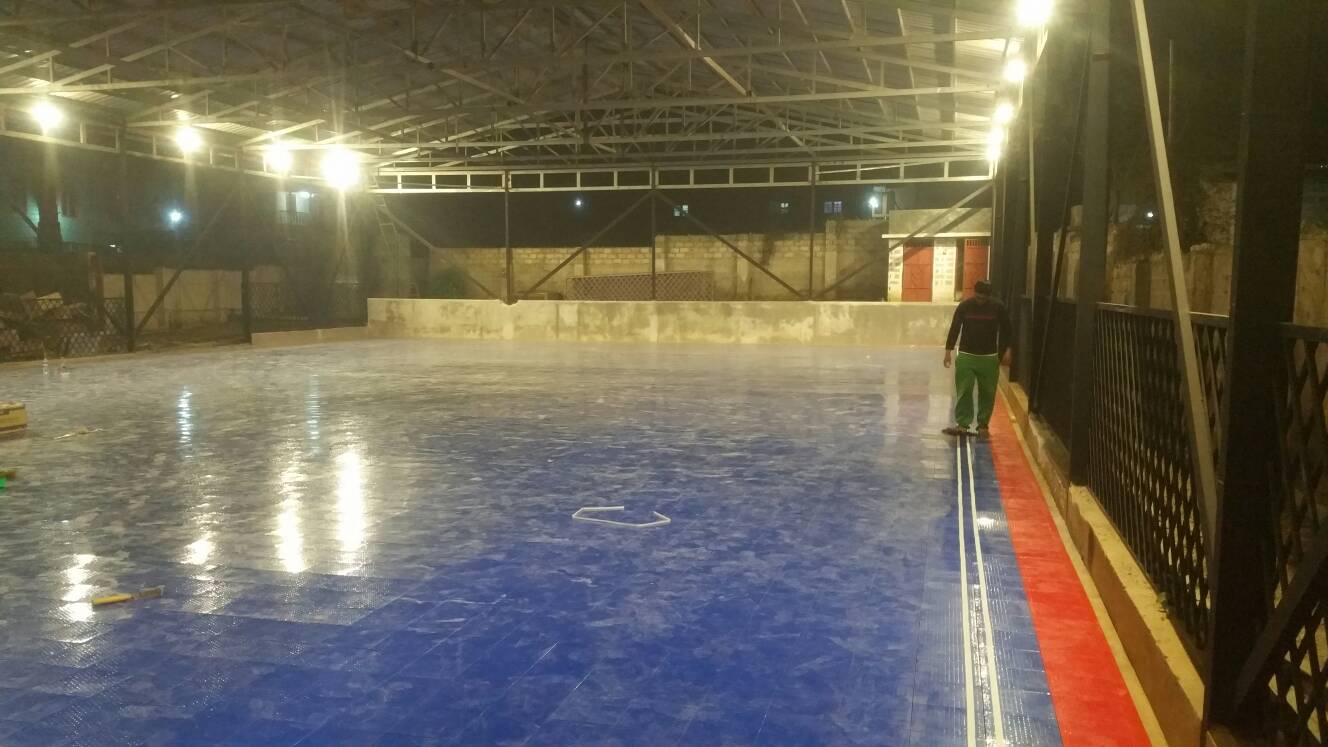The development of indoor football can be traced back to Montevideo, the capital of Uruguay, in 1930, where the first World Cup was held in the same year. Its development is attributed to Juan Carlos Ceriani, who hopes that there will be a form of football that can be played in the indoor and outdoor venues of the International Youth Club. It is also said that futsal originated from a similar form of football in Sao Paulo, Brazil. These forms of football quickly spread throughout South America, and many South American football superstars started with indoor football before participating in football. It is said that the first set of universal rules was promulgated in São Paulo in 1936.
The International Indoor Football Federation (FIFUSA is an abbreviation for Portuguese and Spanish), an organization that manages indoor football and various games, was established in 1971 and later changed its name to Worldwide Futsal Association (AMF). FIFA took over the operation of futsal in 1989 and changed the relevant competition to its name to continue to be held; the rules have since been established and revised by FIFA. One of the most significant changes is to reduce the weight of the ball to make the game faster; in addition, for the first time, headers are allowed to attack the goal (although it is still extremely difficult and not popular).
FIFA’s management has made indoor football more popular and more people can participate. Many countries are now trying to promote indoor football through informal (not recognized by FIFA) futsal games.
Post time: Aug-20-2020







